Why should we use native plants in our gardens?
Native plants trees and shrubs vital to our environment
Why is it so important to grow native plants?
It’s a question many gardeners are asking as the pleas to use native (trees, shrubs and plants) grow louder throughout social media circles, environmental gardeners and even traditional garden clubs.
This move toward native plants has grown steadily as an increasing amount of evidence has come forward to show a direct relationship between native plants and the survival (and abundance) of our native insects and caterpillars.
Why does this matter?
Using native plants matters because insect larvae, caterpillars even egg masses are key to the survival of so many of our birds, reptiles, amphibians and mammals that depend, not just on the existence of these insects, but on an abundance of them in spring to raise their young.
It’s not just the protein the emerging insects provide.
Insects depend on these plants for food and pollinators depend on the flowers their ancestors have visited for thousands of years to raise their young (see Our Native Bees). The pollination of those flowers in spring lead to berries and nuts that provide sustenance for birds, mammals even more insects, which, in turn, provide food for larger predators such as fox, coyotes, owls…
It’s the circle of life in action, but that circle most often starts with the single seed of a native plant.
Native plants are, thankfully becoming more mainstream as more informed gardeners realize the how important these native plants, shrubs and trees are for native wildlife. The proof is that Little Bluestem native grass has been chosen the Top Perennial for 2022. Choosing a grass, rather than a colourful flower is reason enough to think we are making good progress. Be sure to check out my complete article on Little Bluestem.
A combination of milkweed, Black-Eyed Susans and columbines beneath a mature serviceberry tree combine with grasses and ferns welcome native fauna in our front garden.
Experts on the importance of using native plants
I particularly like this line from the website of the Halton Regions Master Gardener’s website talking about the growing popularity of native plant gardening.
“This is an exciting trend as it offers homeowners and gardeners the ability to build a landscape legacy for future generations. The status quo of landscaping solely to ‘decorate your home’ for your own benefit now seems rather empty because of course we share our space with creatures of all kinds. How can we create landscapes only for ‘us’?”
Well said. Indeed, how can we carry on like we have in the past worshipping great swaths of lawn that offer nothing of value to any of our native wildlife.
In her groundbreaking book Grow Wild: Native Plant Gardening in Canada, Lorraine Johnson describes yards she has visited planted with native flowers.
“For starters, the birds are squawking up a riot – an exuberant contrast to the silence next door, where no seedpods or berries or brush exist to lure them. And in the aural spaces between the drone of traffic, you catch a different kind of rhythm: the hum of insects, some losing the battle and becoming bird dinner, others making their way into flowers, drinking captured rainwater, picking up pollen.”
Johnson goes on to describe what she sees growing in the garden: “The winged diversity of this yard has its parallel on the ground too. Instead of the handful of plant choices offered throughout the neighbourhood, there are dozens of different plantings: colorful native meadow plants in the sunny center, and the subdued cooling greens of shady woodlanders in the darker corners. You count 50 species, and those are just the ones immediately identifiable.”
Entomologist Douglas Tallamy, in his book Bringing Nature Home: How You can Sustain Wildlife With Native Plants, (see my earlier story) explains the vital role gardeners are being asked to take on: “Like it or not, gardeners have become important players in the management of our nation’s wildlife. It is now within the power of individual gardeners to do something that we all dream of doing to make a difference. In this case, the “difference” will be the future of biodiversity, to the native plants and animals of North America and the ecosystems that sustain them.”
Native plants are the ecological basis upon which life depends. Without them and the insects that co-evolved with them, local birds cannot survive. For example, Tallamy’s research has shown that native oak trees support more than 500 species of caterpillars.
And what some gardeners might see as a pest is life-giving food to the birds that call our neighbourhoods home.
Chickadees, for example, need from 4,000 to 7,000 caterpillars to raise just one clutch of young, and those caterpillars need to be close to the nest – about 50 feet – otherwise the parent chickadees use too much energy finding the caterpillars.
If it takes more than 6,000 caterpillars to raise one brood of chickadees, the presence of important native trees such oaks, birch and maples are critical to the survival of our birds and other animals.
This outstanding poster created by Justin Lewis shows how native plants help our birds.
Why native plants matter
So this harsh reality begs the question: Why do the plants have to be native to our area?
The fauna (insects, birds, mammals, reptiles, amphibians) have depended on these plants for thousands of years. Their digestive systems, even specific body parts, have developed to take advantage of these plants.
In fact, some fauna are linked directly to a single native plant.
The monarch butterfly is a perfect example of the symbiosis between a plant species and fauna. Monarchs depend on milkweeds to raise their young. They lay their eggs only on the milkweed plants where they hatch into tiny caterpillars that feed exclusively on that plant and take up enough of the poisonous milky resin in the plant to make them poisonous to birds and help them to survive as they transform into beautiful monarch butterflies. Without the native milkweed plants, monarchs would not survive.
Time to battle the aliens
Tallamy does not sugar-coat the damage that has already been done by our dedication to growing often invasive, non-native plants.
“My argument for using native plant species moves beyond debatable values and ethics into the world of scientific fact,” he writes. “We can no longer hope to coexist with the other animals if we continue to wage war on their homes and food supplies. This simple tenet provides an imperative, particularly for the bird and butterfly lovers among us, to fight invasive aliens as if it really matters and to reevaluate our centuries-old love affair with alien ornamentals.”
What many gardeners and garden nurseries fail to understand is that, in most situations, only the native species of a plant provide the full benefits to native fauna. Cultivars of our favourite plants promise to solve one problem (mildew powder for example) but in doing so breed out many of the benefits the native species provide. It’s not uncommon, for example, for these cultivars to be sterile or “resistant” to the vary species that are attracted to and dependent on, the native species of that plant.
We all want the perfect plant in our gardens, but do we ever think that those holes in the plant are there because one of our native beetles depend on that plant as a food source? By making the plant indigestible to that beetle, we are denying it a valuable food source for the sake of garden aesthetics and, in doing so, signing its death notice over time.
These cultivars might look great in the garden but many do little to nothing to help the species that depend on them.
I love our beautiful Cornus Kousa dogwood trees in our garden. Unfortunately, they are an example of plants that have been introduced to our area from Asia that offer very little to local wildlife. Although these dogwoods act much the same as our native Florida Dogwood species by putting out a profusion of flowers that last well into the summer, followed by strawberry-sized red fruit, very few, if any of our local wildlife benefit from these trees.
The native dogwoods, however, are magnets for a range of insects, caterpillars, birds and mammals that have grown up with them over centuries and depend on them for sustenance. (see article on best dogwoods)
The sad fact is that the introduced Cornus Kousa dogwoods may well have brought with them a disease that is killing our native dogwood. Anthracnose, a disease that attacks native dogwoods (cornus florida) and eventually kills them, is suspected to have come into North America in the 1970s with the importation of the Kousa dogwoods which do not suffer from the bacteria.
“It is highly likely that dogwood anthracnose was imported into the United States on kousa dogwoods from Asia because it escaped detection at quarantine facilities.” Tallamy writes.
In our garden, we have both native and non-native dogwoods.
We are delighted to have the spring azure butterfly in our garden, thanks to the presence of our Florida Dogwood. It’s certainly not thanks to the impressive Kousa Dogwoods in our yard.
Tellamy writes: “The diminutive spring azure (Celastrina ladon), one of the first butterflies to become active as the days warm up in spring, may become a resident of your yard if you plant flowering dogwood (Cornus florida) or any of our native Viburnum species. They won’t appear if you insist on kousa dogwood (C. kousa) from Asia. Azures will have nothing to do with that alien.”
The Canadian Wildlife Federation website points out that the Karner Blue butterfly is endangered because its larval host plant, the wild lupine, is increasingly rare. Today’s abundant, non-native lupines do not offer the Karner Blue butterfly the source of food it’s caterpillar needs to survive.
“While all plants can provide shelter, and ornamentals with berries can provide some food, native plants offer the greatest benefit because they also support a wide variety of insects that provide a source of protein for many animals. These insects are especially necessary for local bird populations when they are raising young. Many people use bird feeders to attract birds. Another way of attracting birds is by utilizing native plants in the landscape.”
Native trees, shrubs and plants (zones 5-6)
The following are just a few of the more popular native trees, shrubs and flowering plants and grasses in Ontario and N.E. United States.
The list was compiled by landscape designer Angela den Hoed for the Woodland Wildlife garden design she created for Ferns & Feathers and lists the number of species the plant supports.
These trees provide both habitat and food in the form of caterpillars and insects for birds.
Oak – Willow (Quercus phellos), Pin (Q. palustris), or Bur (Q. macrocarpa): Oak trees support the highest quantity of wildlife of any plant in the region including 519 species. Their acorns also provide food for other wildlife.
Maple – Red (Acer rubrum) or Sugar (A. saccharum): Support 293 species. It may be easier to find a maple the appropriate size for a small garden.
Understory Trees
Crabapple – American/Sweet (Malus coronaria): Flowers in spring and provides fruit in the fall and throughout the winter. Supports 287 species.
Dogwood – Flowering (Cornus florida) or Pagoda (C. alternifolia): Flowers in spring and supports 124 species.
Plum - American (Prunus americana) or Chokecherry (P. virginiana): Plums are #2 on the list of trees in terms of the number of butterflies and moths they support (435). These will flower in the spring and provide berries for birds in the fall.
Serviceberry – Canadian Serviceberry (Amelanchier canadensis) or Allegheny Serviceberry (A. laevis): These also bloom in late spring, support 135 species and provide birds food in the form of berries in the fall.
Magnolia – Sweetbay Magnolia (Magnolia virginiana): Supports 20 species including a few that can only live on Magnolias.
Shrubs to consider
Arrowwood Viburnum (Viburnum dentatum): Spring flowers lead to blue-black berry like drupes that are an ideal fuel for bird migration. 111 species supported
Inkberry Holly (Ilex glabra) ‘Gembox’: 44 species supported
Red Osier Dogwood (Cornus sericea) – ‘Arctic Fire’: White flower, blue drupes in summer, red fall color, bright red branches in winter. Like the dogwood tree, supports 44 species
Pinxterbloom Azalea (Rhododendron periclymenoides): Pink flowers in spring, supports 53 species
Oakleaf Hydrangea (Hydrangea quercifolia) ‘Ruby Slippers’ or ‘Munchkind’: Supports 10 species.
New Jersey Tea (Ceanothus americana): White flowers in spring, supports 44 species.
Summersweet/Sweet Pepperbush (Clethra alnifolia) ‘Ruby Slippers’: Fragrant pink flowers in summer, attracts hummingbirds and pollinators.
Perennials to consider
• White Wood Aster (Aster divaricatus): White flowers late summer, supports 115 species
• Columbine (Aquilegia canadensis): Red flowers in spring, Supports 12 species.
• Cinnamon Fern (Osmunda cinnamomea): Cinnamon red new growth, supports 7 species.
• Virginia Bluebells (Mertensia virginica): Blue flowers in spring, supports 3 species.
• Early Meadow Rue (Thalictrum dioicum): Greenish yellow flowers in spring, supports 15 species.
• Short’s Aster (Symphyotrichum shortii): Blue-violet flowers in fall, supports 11 species.
• Goat’s Beard (Aruncus dioicus): Tall white flowers in May.
• Coral Bells (Heuchera villosa) ‘Autumn Bride’: White flowers late summer.
• Tall Thimbleweed (Anemone virginiana): White flowers in summer, supports 2 species.
• Foamflower (Tiarella cordifolia): White or pink flowers in May.
Ground covers to consider
• Dwarf Crested Iris (Iris cristata): Blue-violet flowers in April, supports 13 species.
• Wild Ginger (Asarum canadense): Burgundy flowers in spring at the ground.
• Wild Blue Phlox (Phlox divaricate): Blue flowers in spring, supports 3 species.
• Wild Geranium (Geranium maculatum): white, pink, or purple flowers in spring, supports 27 species.
Other reasons to grow native plants
Of course there are lot of good reasons to grow native plants that are not related to the protection of our native flora and fauna.
The U.S. Forest Service points out some of the benefits on its website.
• They are adapted to the local climate and soil conditions.
• They do not require fertilizers and require fewer pesticides than lawns.
• Their deep-root systems increase the soil’s capacity to store water and can signinficantly reduce water runoff and, consequently, flooding.
• Native plants help reduce air pollution. (Not only do they not require mowing and the resulting carbon from the burning of fossil fuels, the plants actually sequester, or remove, carbon from the air.
• Native plants provide shelter and food for wildlife.
• Native plants promote biodiversity and stewardship of our natural heritage
What is a native plant?
The question is often asked: What exactly makes up a native plant?
The simple answer is that a native plant is one that has not been introduced by humans. One that has grown naturally for centuries and in doing so has become uniquely adapted to local environmental conditions.
Lorraine Johnson defines native plants as “a species that has evolved in association with all the features of a place and developed specific and important functional relationships and interactions that contribute to the specificity and identity of that place.”
Milkweed, the only food source for the caterpillars of Monarch butterfly, growing happily in our front garden alongside black-eyed Susans.
A native plant versus a naturalized plant
Many gardeners mistake native plants with naturalized plants. Just because they may freely reproduce and are abundant in the zone we live in does not mean they are native. Some may have been around for decades or even longer but they are still not natives.
Naturalized plants are often described as an exotic plant that manages to reproduce naturally in a specific environment.
A good example that we are all familiar with is the common dandelion. They have surely been around forever and we all know how easily they reproduce from seed.
So dandelions are naturalized plants that actually have some benefit to local fauna.
Other common plants, let’s say the daylily, cannot spread to new areas without human intervention. The daylily can grow in size through rhizomous growth but if you find it growing in a wild area, it got there not by seed but through the transplanting of its rhizome.
Invasive plants are defined by their spreading habit that actually results in an altering of the natural ecosystems around them, where they often dominate natural species crowding them out and eventually resulting in their death. The Norway maple, purple loosestrife, buckthorn and giant hogweed are just a few examples of invasive exotic species.
Many of these invasive, naturalized non-native flora species can still have benefits to local fauna, but in general, they do more harm than good. The use of a native plant as an alternate would be preferable.
In her 1998 groundbreaking book, Johnson writes of the importance of gardeners adopting a more environmental, native based style of gardening.
“You don’t need acres and acres of “pristine” wilderness to have a positive impact; indeed, it’s probably in those areas most stressed by urban pressures – denuded, defoliated and in decline – that we can make the biggest difference.
“By gardening with native plants, you are taking a giant leap toward ecological balance. she writes.
Have her words struck a chord with gardeners since she wrote the book in 1998?
Most definitely.
Is there more work to do?
Absolutely.
“We’ve got more than enough anyplaces already,” she wrote. …What we need are more landscapes, more gardens, that truly reflect the variety and vitality of each community’s character – and by community, I mean not just the human inhabitants but the communities of plants and animals which contribute so much to our identity our sense of where exactly it is that we call home.”
“With native-plant gardening, we become what the bioregional philosophers call dwellers in the land – partners, not parasites; participants, not parallel players; dwellers; not dictators.”
Certainly, a goal worth pursuing.
More information on native plants.
North American Native Plants Societies (find one near you)
Audubon: Why native plants matter.
Carolinian Canada Invasive Species list
More links to my articles on native plants
Why picking native wildflowers is wrong
Serviceberry the perfect native tree for the garden
The Mayapple: Native plant worth exploring
Three spring native wildflowers for the garden
A western source for native plants
Native plants source in Ontario
The Eastern columbine native plant for spring
Three native understory trees for Carolinian zone gardeners
Ecological gardening and native plants
Eastern White Pine is for the birds
Native viburnums are ideal to attract birds
The Carolinian Zone in Canada and the United States
Dogwoods for the woodland wildlife garden
Bringing Nature Home by Douglas Tellamy
A little Love for the Black-Eyed Susan
Native moss in our gardens

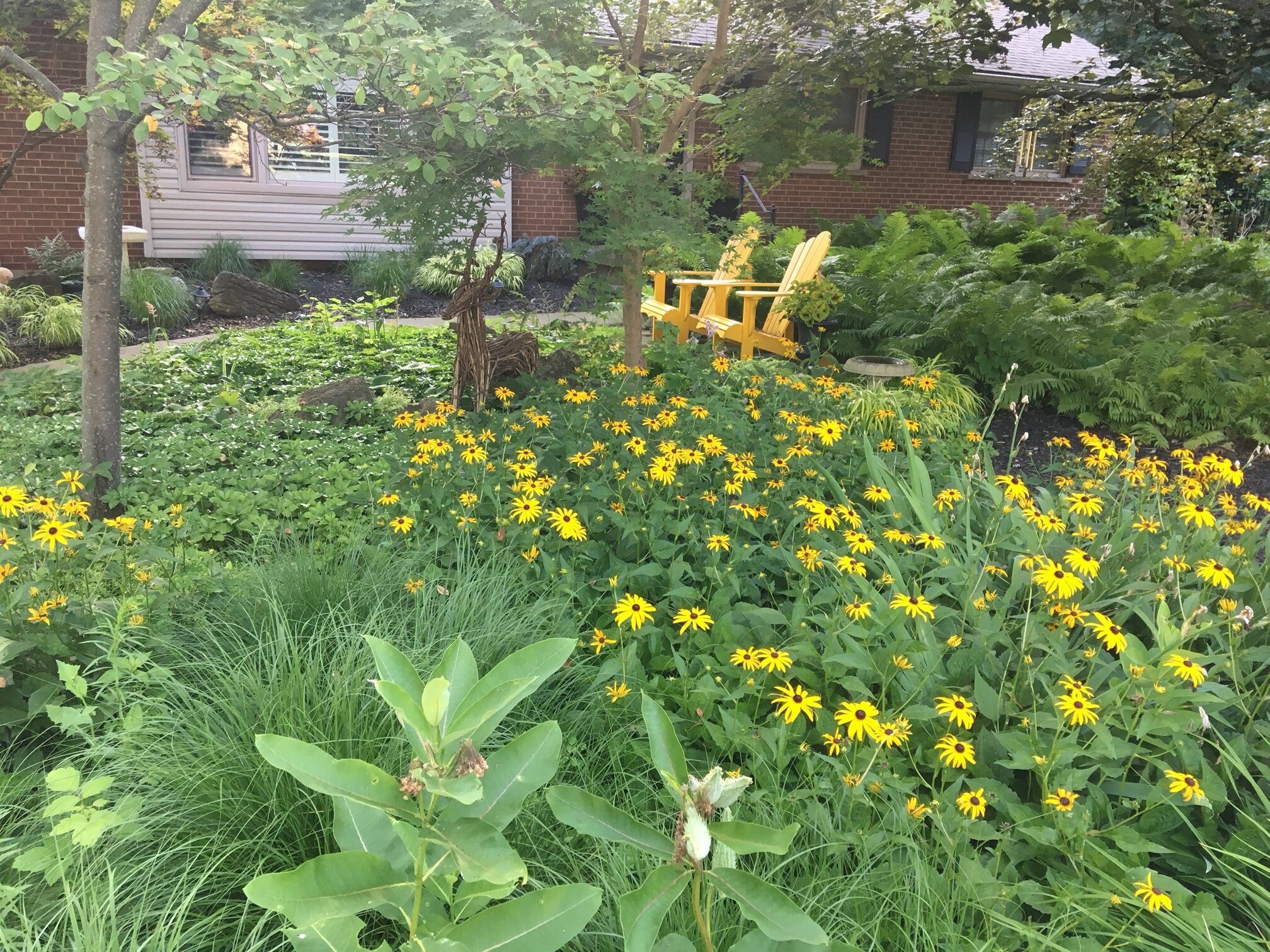

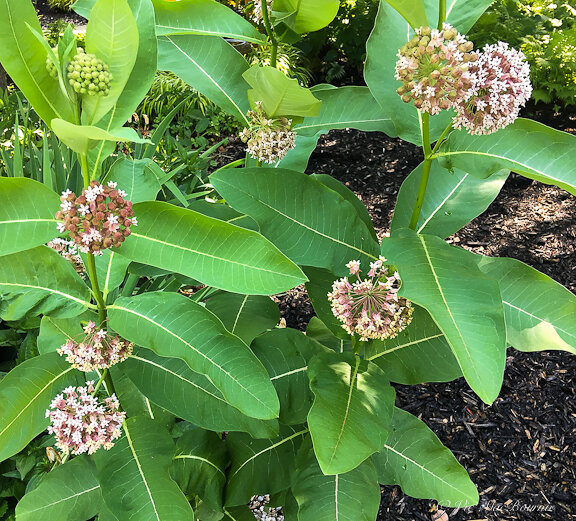
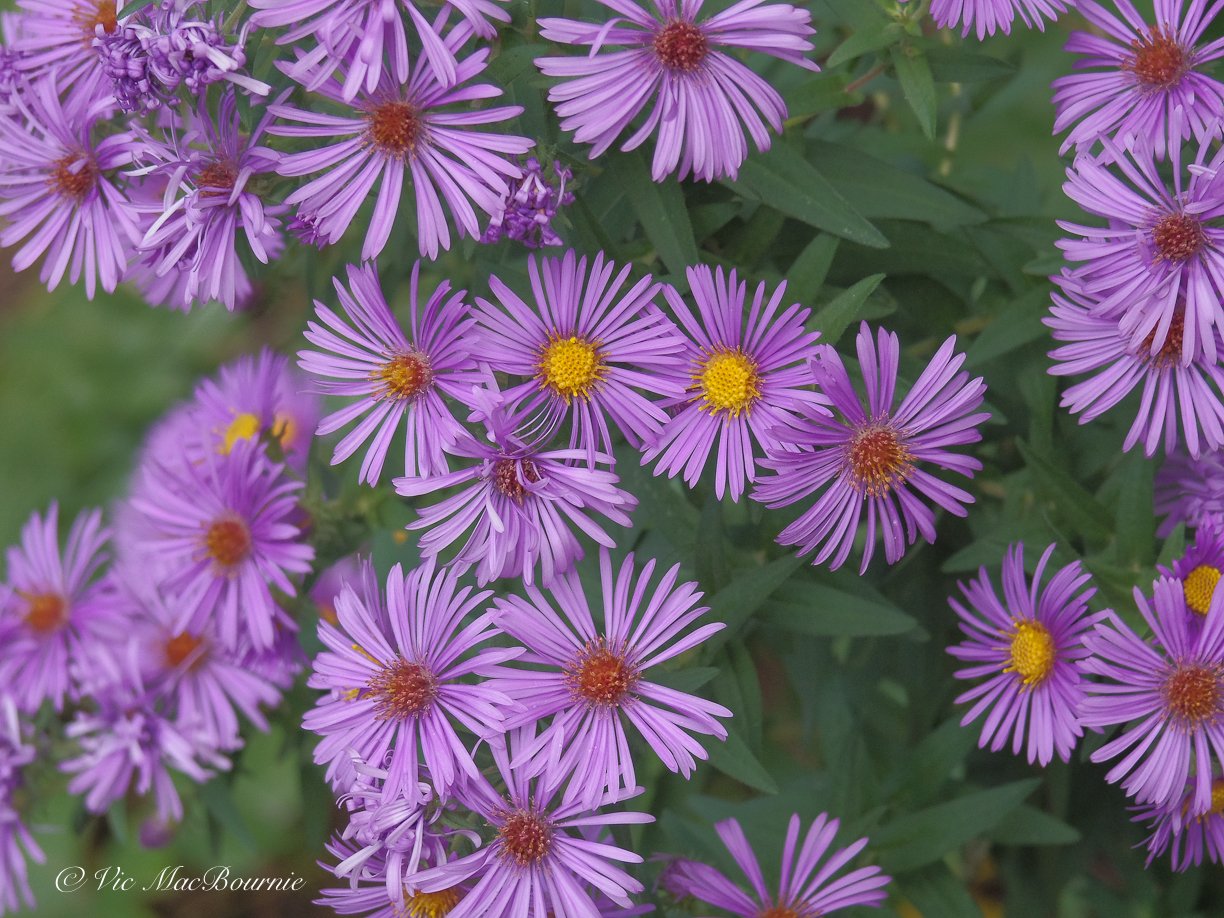
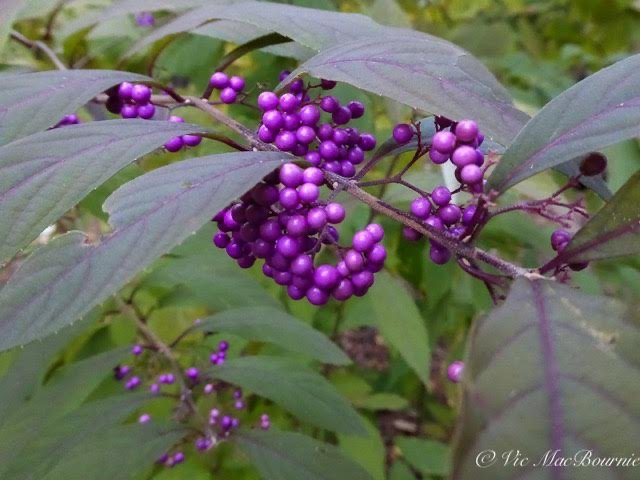




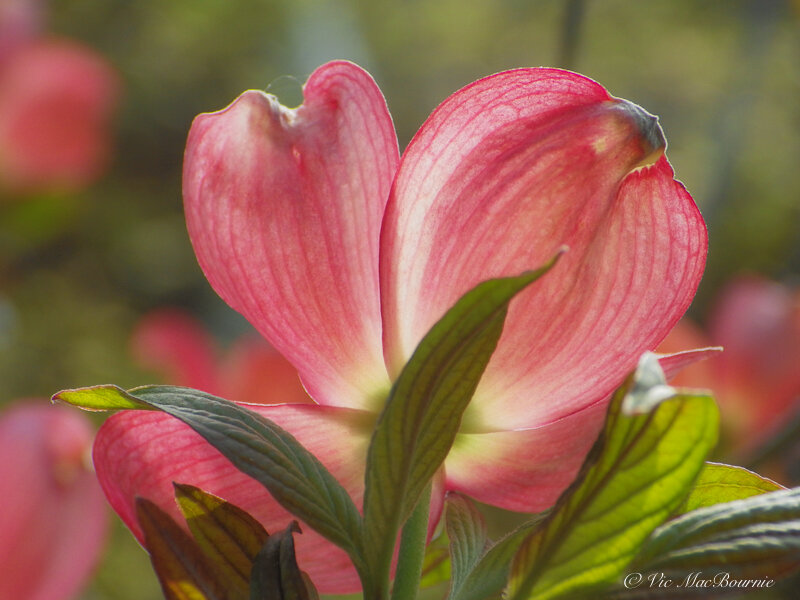
Staghorn Sumac is an excellent addition to the garden both to add architectural interest and provide a food source for birds and animals.